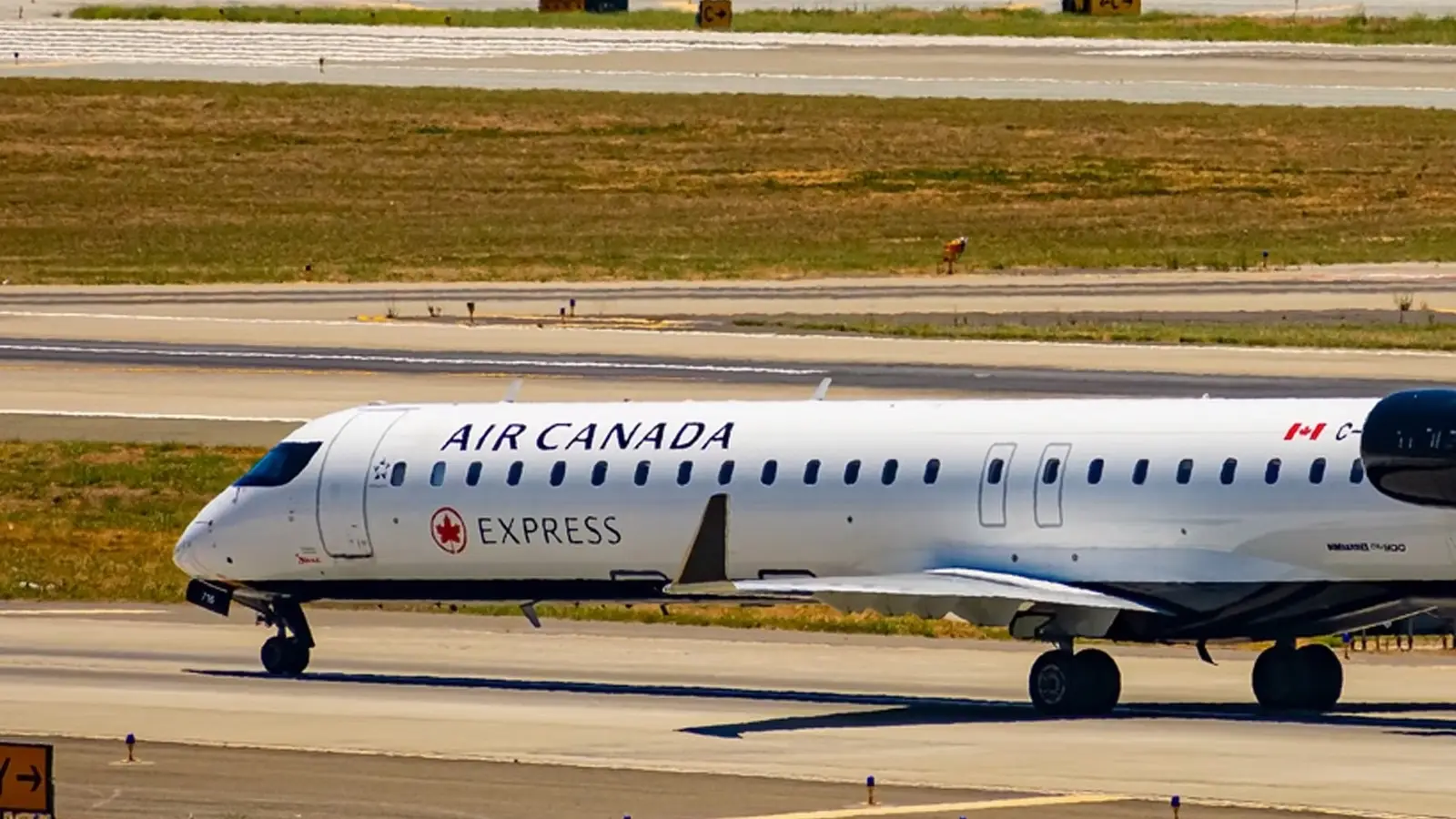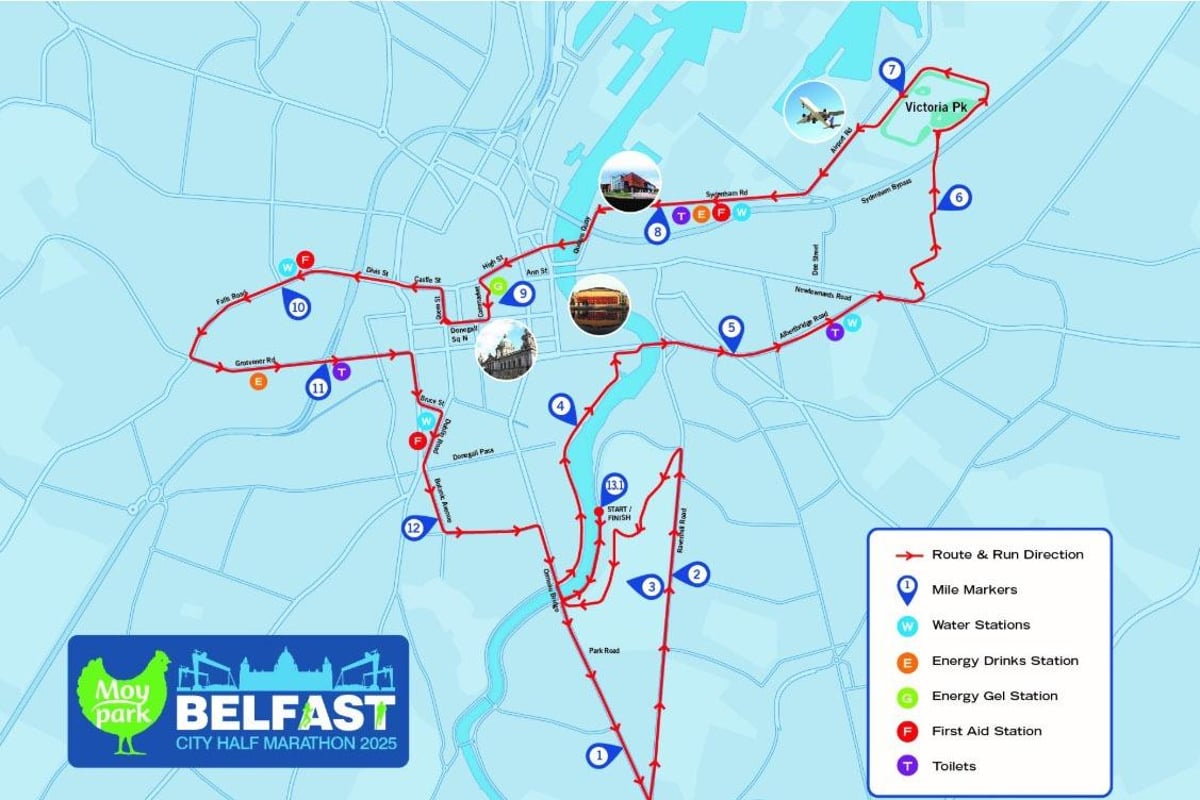
Air Canada will be boosting regional connectivity with new nonstop services and targeted service eliminations. Starting in December 2025, daily nonstop flights between Ottawa and Fredericton and Ottawa and Moncton are both set to launch on December 15 of this year. A new route from Vancouver to Fort McMurray is also set to launch on Tuesdays through Thursdays starting on December 2 of this year. These services will allow the airline to expand its reach while also entering new markets and catering to new kinds of customer demographics.
The airline mostly uses Air Canada Express Q400s to cut travel times versus connecting flights, offering a more seamless passenger experience. The airline will be upgrading its route from Toronto to Sudbury on February 1, 2026, increasing frequencies to three daily flights and adding 50% more seats. To focus its network on serving only profitable markets, the airline will be ending service to Bathurst, New Brunswick, and North Bay, Ontario, on January 30, 2026. This winter, the airline will add more than 60,000 seats per day on more than 500 daily flights to destinations all across Canada, offering unmatched convenience for customers.
A Deeper Look At Air Canada’s Route Reallocations
According to reports from Travel And Tour World, Air Canada announced a series of new regional nonstop routes and schedule changes. Starting on December 14, the airline will be adding services from Ottawa Airport (YOW) to both Fredericton (YFC) and Moncton (YQM), routes that will be quickly followed up by a service from Vancouver Airport (YVR) to Fort McMurray (YMM) with weekday flights only.
The airline’s reallocation of capacity will offer numerous benefits to passengers, including additional access to new regional destinations. However, the carrier’s choice to cut two underperforming routes will harm passengers who will now have a longer route to their destination. This decision falls in line with several other strategic decisions made by the airline in recent months, including those that allow it to significantly improve one-stop connections for passengers from secondary markets like Fredericton and Moncton.
Route Specifications
Each of these individual route additions will add more capacity and optionality for Air Canada’s core passenger demographics, especially when it comes to smaller regional routes which appear to be historically undersaturated. The following table displays specifications for each of the three services which Air Canada will be launching:
The flight times for each of these individual services are available on Air Canada’s website, and passengers can look to book these flights prior to their scheduled launch dates. This additional convenience will offer a lot to Air Canada passengers that would otherwise be sitting around waiting for connecting flights.
Legacy carriers like Air Canada tend to differentiate themselves from their competitors by offering exceptional connectivity and providing passengers with the most convenient connections between different destinations. This gives the airline the opportunity to broaden its appeal with larger passenger demographics by adding these services.
Is There A Competitive Component?
The first and most important thing to note about Air Canada’s expansion is that it is just one of many strategic moves aiming to limit the growth of competitors. Specifically, Porter Airlines and Air Transat have expanded their presence in these kinds of markets with the industry standard objective of growing their connectivity across the country.
However, Air Canada differentiates itself from its competitors in a few key ways. While other Canadian airlines are serving leisure destinations, Air Canada is in a position to leverage its existing global network to complement additional connectivity from these smaller cities.
As a result, Air Canada Express’ network expansion plays directly into the airline’s larger strategy. With the continued growth of competitors like WestJet, Air Canada needs to continue to look for unique ways to leverage its key assets and differentiate itself.



